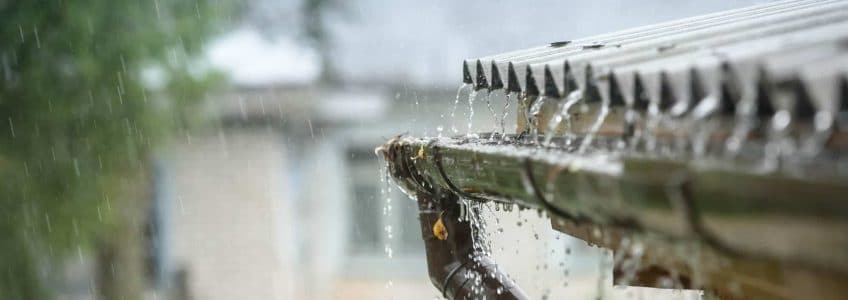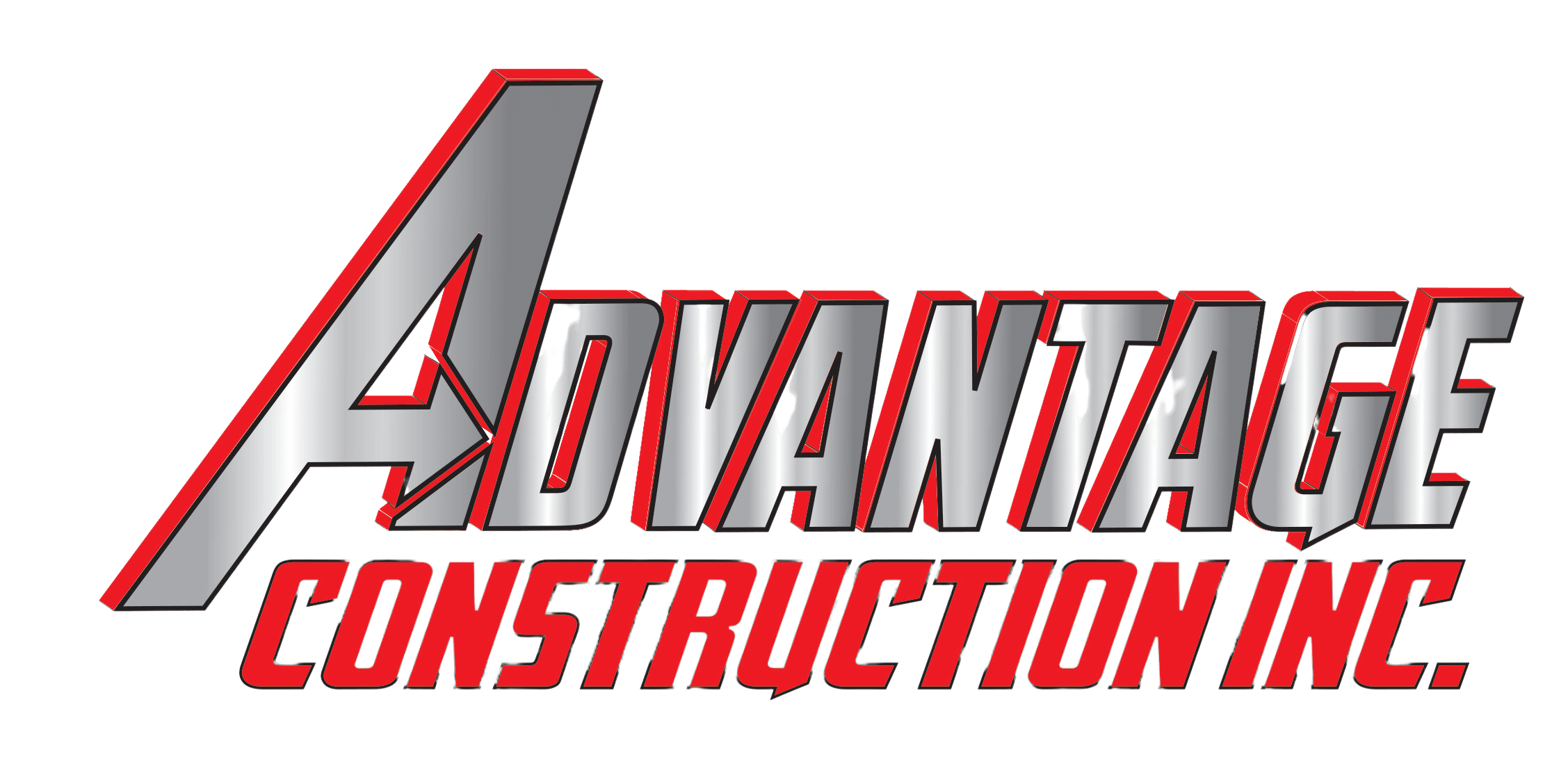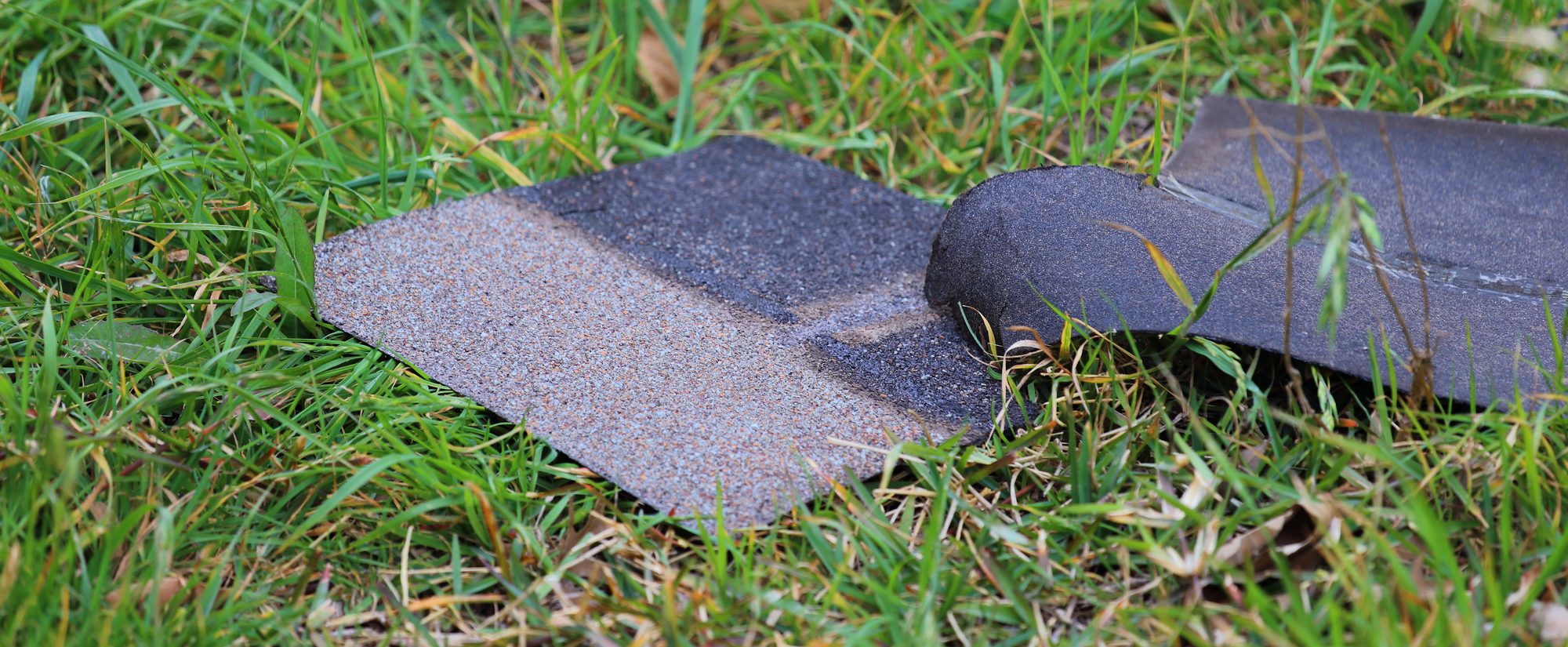
In Midwestern states like Minnesota and Wisconsin, it’s not uncommon for unpredictable weather conditions and significant weathering events to take place. Intense rainstorms, heavy snow, hail, ice, and other issues all spring up throughout each season, putting strain on the essential components of your home. Shingles and the structural integrity of roofing materials can come under attack during and after severe storms, requiring home insurance claims and repairs from a trusted roofing company.
Don’t allow storm damage to linger, potentially leaving you with a higher repair bill at the end of the day. Read on to learn how different weather conditions can affect your roof’s stability. Find a reliable storm damage repair company to help clean up, repair, and report claims after any significant signs of damage appear after severe weather events.
6 Ways Weather Impacts Residential Roofing (Plus Expert Recommendations)
When the Midwest’s wildly unpredictable weather causes roofing problems on your property, it’s crucial to make repairs immediately to avoid having a more expensive issue on your hands. Homeowners should seek highly skilled and experienced storm damage specialists or roofing contractors to complete repairs and replacements as necessary. Be prepared for unexpected weather conditions like the ones we describe below with help from a high-quality roofing company in your area.
1. Heavy Rains
Heavy rain and flooding can be the cause of extreme destruction to your home’s foundation. Excess precipitation and lingering moisture can leave a mess not only around the ground floor’s landscape but also will affect the integrity of your roof.
Of course, rainstorms are one of the most typical weather conditions impacting residential roofing in Minnesota throughout the year. Sudden squalls, which are intense rainstorms localized to one area, are incredibly common in Minnesota and the surrounding states. Some of the standard indicators of rain damage to your roof include:
- Mold or mildew
- Algal growth on shingles
- Displaced shingles or gutter sections
- Holes or gaps in roofing materials
- Rotting wood
- Lingering moisture
- Pools of precipitation
- Weed or vine growth in gutters
Proper roofing preparation can protect your roof from the impacts of intense, unexpected squalls or a predictable summer thunderstorm. Call your local roofing contractor to learn the best methods to make your roof a reliable barrier between you and the next big rainstorm.
2. High Winds
One of the worst kinds of weather conditions commonly impacting roofing materials in Midwest areas is the wind. Strong, gusty winds blow through the flat, mountain-free Midwestern landscape quickly and forcefully, knocking down structures such as roofs or fences in their path.
Your chosen roofing contractor can suggest modern shingle styles made with built-in nail strips and other unique features. These innovative systems secure each shingle to your roof, stabilizing the structure in case of strong winds or a severe storm.
3. Hail Storms
We’ve all seen them; those wild, golfball-sized chunks of solid icy snow that swarm down throughout the seasons, stirring up some problems for property owners. Hailstorms are typically the top reason homeowners file for insurance claims in America, causing significant damage to the roofing, siding, windows, doors, and more.
Shingles and roofing materials are especially susceptible to hail damage since they are your home’s first line of defense against the elements. Depending on hail particle sizes and the length of the weathering event, roofing damage from hail storms can become extensive (and, unfortunately, expensive). Work with a reliable local roofing and storm damage contractor to assess any destruction that may have occurred during a hailstorm.
4. Snow, Sleet, & Ice
If you currently live in a frigid Midwestern state, you’re likely already familiar with the snow, sleet, and ice that come along in the winter season. When it gets below freezing, your home and property can benefit from a proper winterization plan, protecting different parts of your home from damage due to snow, sleet, ice, and other common winter weather conditions.
Ice dams appear during winter, and rapid snowmelt in spring also make a mess of your lawn’s landscaping, foundations, or even affect the roof. Ice dams occur when water, ice, and snow accumulate on a roof’s edge, often forming long, dangerous icicles. Acquire professional ice dam steaming services to ensure not only all roofing materials but your home’s residents are safe and secure as well.
5. Temperature Fluctuations
Many homeowners forget to take into account the drastic temperature fluctuations frequently found in Midwestern states. Swinging from one extreme temperature to another can cause immense stress on shingles and other roofing elements. Spotting the signs of roofing damage after extreme temperature fluctuations aren’t challenging at all. Inspect your existing roofing structure for common signs of wear, such as:
- Loose, crumbling shingle granules
- Curling, peeling shingle products
- Detached shingles
- Falling or dangling shingles
- Gaps or holes in roofing
- Noticeable lapses in shingling layers
- Fading, discolored shingles
- Un-shingled patches in roof valleys
- Failing shingling around chimneys
After an expert exterior remodeling contractor assesses the extent of damage to your roof due to temperature fluctuations, they can help find reliable solutions that suit your shingle and roofing needs. Schedule a consultation with a trusted roofing contractor to take on the challenges of significant temperature changes.
Making Sure Your Roof Is Ready for Midwestern Weather
Seasonal maintenance, preparation, winterization, and timely repairs all keep your property in top shape. When heavy storms, snow, or other weathering events impact your roof, a reliable roofing contractor can assess the damage and draw up a practical repair plan. If damage is too extensive, an experienced roofing contractor can recommend the right materials and styles suitable for a total roofing replacement.
Storm damage can stop your home or property from functioning at its highest capacity. Contact a trusted roofing company like Advantage Construction to assess damage after storms, offer homeowner’s insurance assistance on roofing damage claims, and complete all necessary repairs right away. With a reliable team of roofing contractors on your side, storm damage’s severe impacts can soon be a thing of the past on your property.

